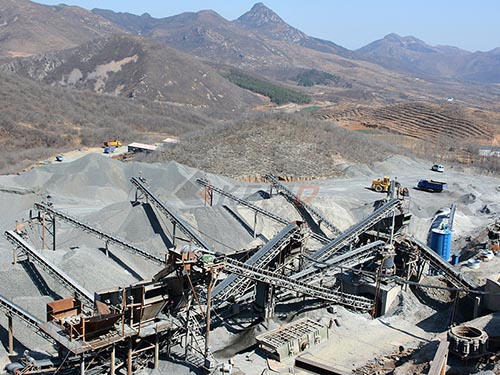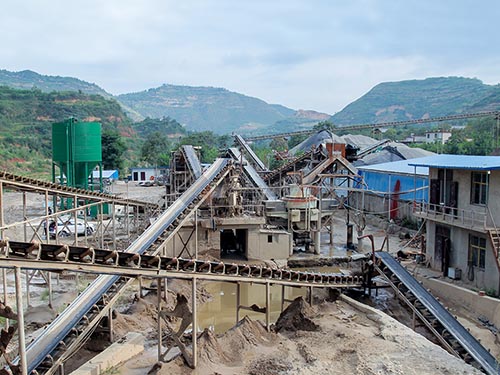An Electromagnetic Vibrating Feeder is a type of feeding equipment that uses electromagnetic drives to generate vibrations, enabling controlled and efficient material transport. It is widely used in industries like mining, metallurgy, chemicals, food processing, and pharmaceuticals for conveying bulk materials uniformly.
Key Components & Working Principle
1. Electromagnetic Drive:
– Consists of an electromagnet and a spring system (leaf springs or helical springs).
– When AC power is applied, the electromagnet generates pulsating forces, causing the feeder tray to vibrate.
2. Tray (Chute):
– The vibrating tray moves materials forward due to micro-throw vibrations (typically 1–3 mm amplitude at 50–60 Hz).
3. Control Unit:
– Adjusts vibration intensity (amplitude) via a variable voltage regulator or frequency controller for precise feed rate control.
Advantages
✔ No moving parts – Minimal wear and maintenance.
✔ Instant start/stop – Quick response to power changes.
✔ Adjustable feed rate – Fine-tuned via voltage or frequency control.
✔ Energy-efficient – Low power consumption compared to mechanical feeders.
✔ Gentle handling – Suitable for fragile or fine materials.

Applications
– Feeding crushers, screens, or conveyors in mining/aggregates.
– Dosing ingredients in food/pharmaceutical production.
– Handling powders, granules, or small parts in automation systems.
Limitations
❌ Not ideal for very heavy or large lumps (bette

uited for granular/powdered materials).
❌ Sensitive to moisture/sticky materials (may cause clogging).
Comparison with Other Feeders
| Feature | Electromagnetic Feeder | Mechanical Vibratory Feeder | Screw Feeder |
||-||-|
| Drive Mechanism | Electromagnet | Motor + Eccentric Weights | Rotating Screw |
| Maintenance | Low (no bearings) | Moderate (wear on moving parts) | High (screw wear) |
| Adjustability | High (voltage/frequency) | Moderate (adjust weights) | Limited |
| Best For | Small-medium bulk materials | Heavy-duty applications | Powdery/sticky materials |
Selection Considerations
– Material properties (size, moisture, abrasiveness).
– Required feed rate and accuracy.
– Environmental conditions (dust, temperature
Leave a Reply